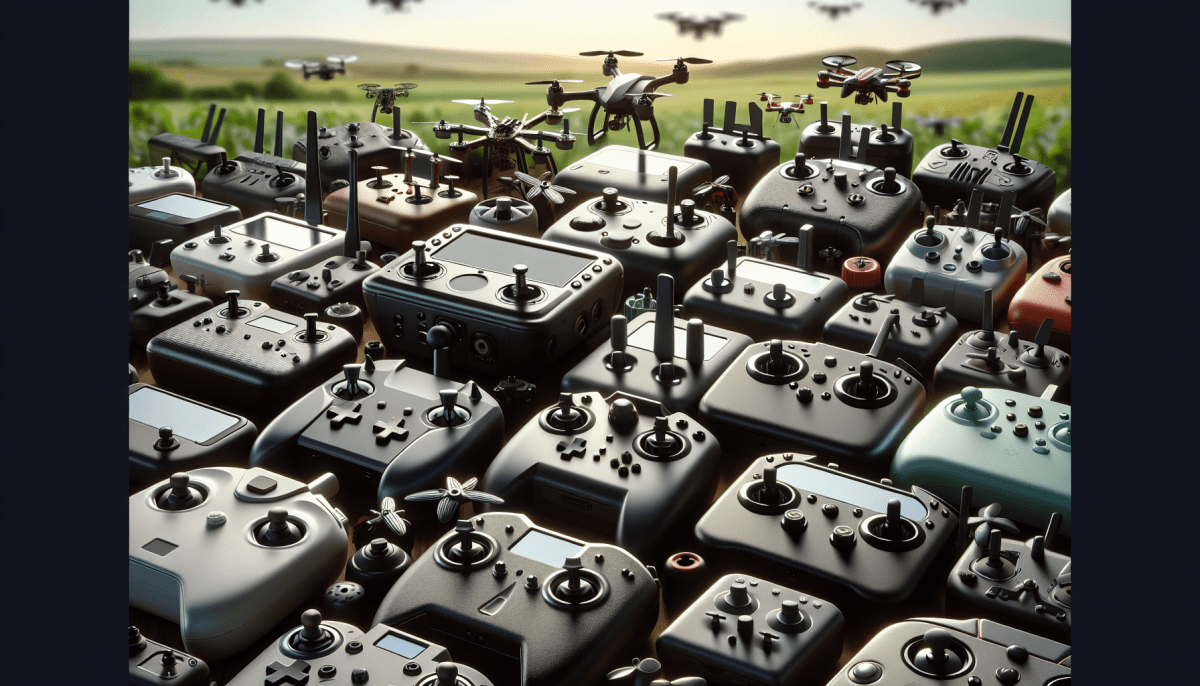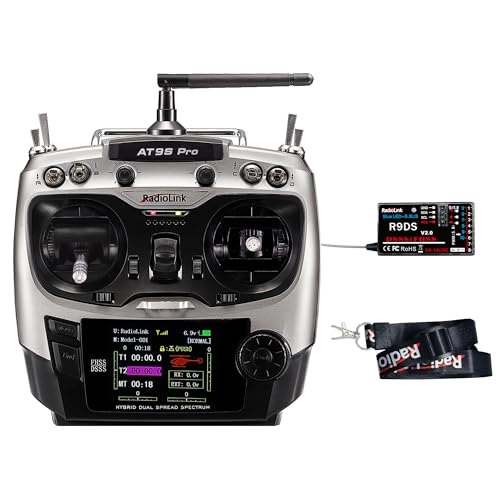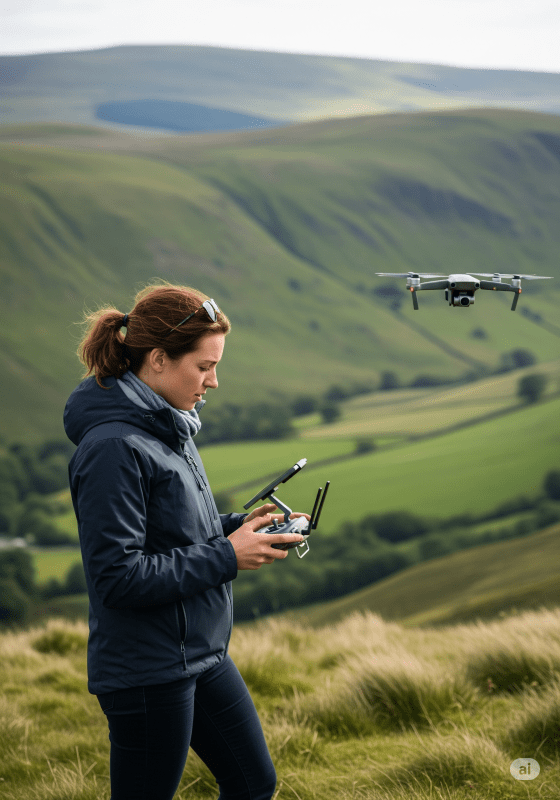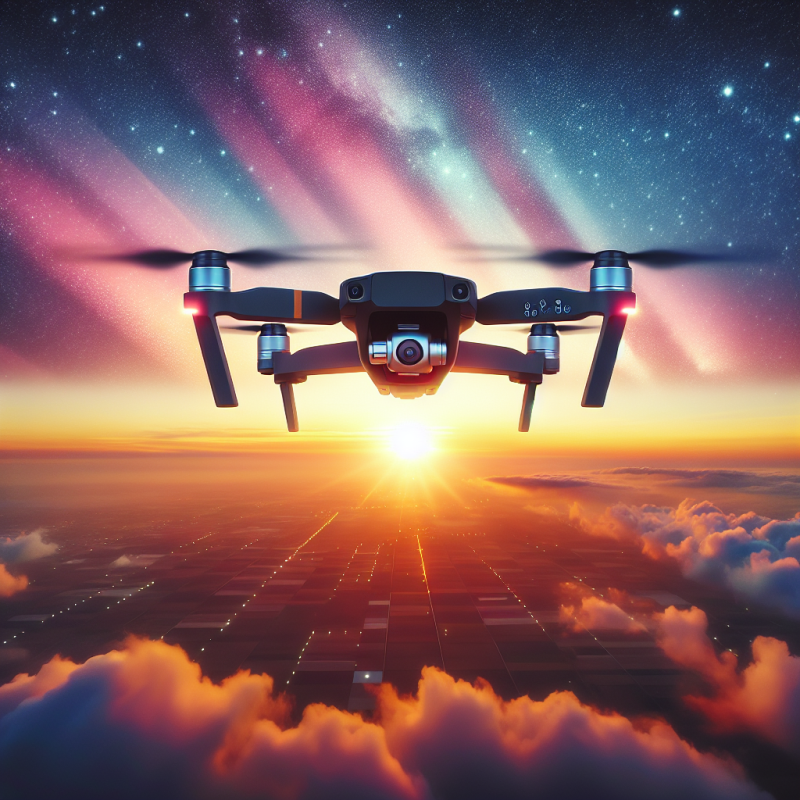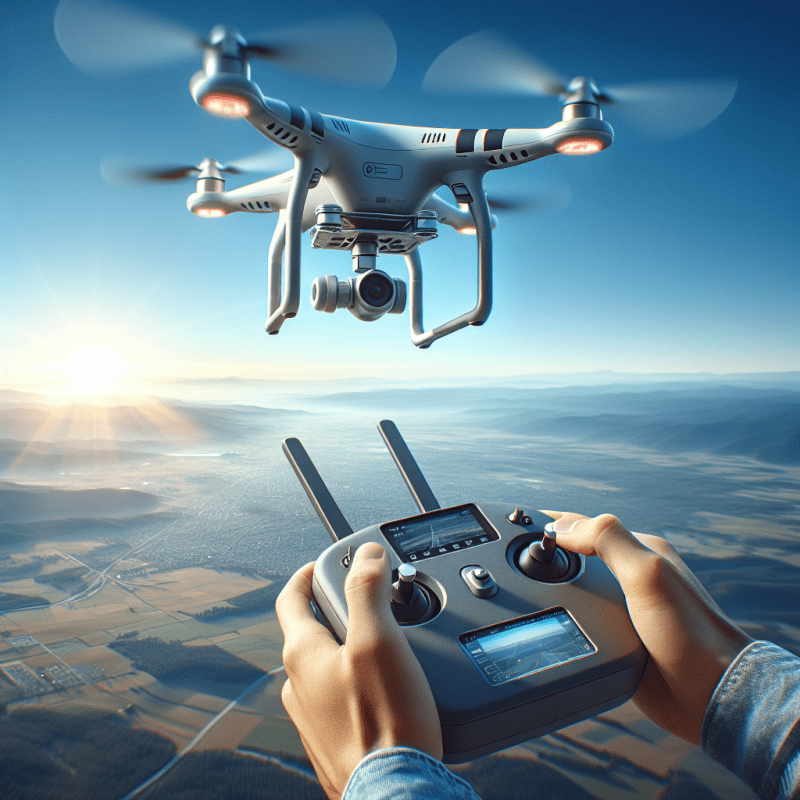If you are drone enthusiast or a professional drone pilot, you know that a drone controller is an essential tool for piloting drones. The drone radio controller enables you to fly, control, and operate your drone, and it is a device that has evolved significantly over the years.
Drone radio controllers come in different shapes and sizes, and with different functionalities. Some drone radio controllers come with simple buttons and joysticks, while others have advanced features such as LCD screens, built-in GPS, and customizable buttons.
Before purchasing a drone radio controller, it is essential to know the features and functions that you need for your specific drone. Some factors to consider include range, battery life, compatibility with your drone, and the type of flying you plan to do.
One of the most critical factors to keep in mind when selecting a drone radio controller is your level of expertise. If you're a beginner, you'll want to select a drone radio controller that's easy to use and with intuitive controls. However, if you're a professional pilot, you'll likely need a drone radio controller with more advanced features and functionalities, such as programming capabilities.
In summary, a drone radio controller is a vital component of your drone flying experience, and it is worth taking the time to research and compare different options before making a purchase. With the right drone radio controller, you'll have more precise control over your drone and a more enjoyable flying experience.
Key Features and Benefits of Different Drone Radio Controllers
The radio controller is the device that pilots use to control their drones and is an essential part of any drone system. There are many different types of radio controllers on the market, each with their own set of features and benefits. Here are some of the key features and benefits of the most common drone radio controllers:
Gamepad Style Controllers
Gamepad style radio controllers are typically the most affordable option and are often included with entry-level drones. These controllers resemble a video game controller and are easy to use, making them an excellent choice for beginners. They come with basic features such as throttle, yaw, pitch, and roll controls, making them suitable for basic drone operations.
Phone/Tablet Controllers
Since smart devices have become ubiquitous, many manufacturers have released phone/tablet controllers that use Bluetooth to connect to the drone. These controllers offer easy-to-use interfaces and intuitive controls, and they are also portable — users can control their drones using a device they already own. Additionally, phone/tablet controllers allow users to see real-time footage from the drone camera, which can be helpful for videography and aerial photography.
Standard Controllers
Standard drone radio controllers are the most traditional. They come with more advanced features than gamepad style controllers, such as additional buttons, switches, knobs, and dials, which make them highly customizable. They also offer greater range, reliability, and performance — perfect for users who want more advanced control of their drone.
Specialty Controllers
Specialty controllers encompass a wide range of radio controllers that cater to specific drone use cases, such as race quadcopters, aerial photography, and industrial drones. These controllers offer advanced features and functionalities tailored to particular types of drones, enabling users to perform complex maneuvers with precision and ease.
In conclusion, there are various options for drone radio controllers with different features and benefits catering to different drone setups. It is essential to choose the right controller that suits the user's preferences and drone purposes to maximize the drone's potential.
Tips for Choosing and Using a Drone Radio Controller
Choosing the right drone radio controller can make a big difference in your drone flying experience. Here are some tips to help you choose and use the right controller for your drone:
- Do your research: There are many different drone radio controllers available on the market, each with its own features and capabilities. Research the options and choose a controller that is compatible with your drone and suits your needs.
- Choose a comfortable controller: You will be using the controller for extended periods, so choose one that feels comfortable and natural in your hands. Grippy, ergonomic designs are best.
- Check compatibility: Ensure that the controller is compatible with your drone. Some drones require more specialized controllers, so ensure that you choose the right controller for your drone.
- Battery Life: Make sure you choose a controller with a decent battery life. A long battery life will allow you to fly your drone for a longer period without interruptions.
- Calibrate the controller: Calibrating your controller is important in ensuring that the drone responds to your commands accurately. Follow the instructions provided in the user manual to calibrate your controller before flying your drone.
- Be aware of the buttons and functions: Familiarize yourself with the layout of the controller and the functions of each button. This will help you control the drone more effectively and avoid accidental crashes.
- Practice: Practice using the controller before flying your drone in a real environment. Get comfortable with the sticks and buttons and get a feel for the controller's responsiveness. This will help you gain confidence and become a better drone pilot.
Choosing and using the right drone radio controller is essential for an enjoyable and safe drone flying experience. Follow these tips to choose a controller that suits your needs and use it safely and effectively. Happy flying!
Radiolink AT9S Pro Transmitter and Receiver Combo
Upgrade Your Drone's Control with the Radiolink AT9S Pro Transmitter and Receiver Combo
Product information
$129.99
Product Review Score
4.45 out of 5 stars
33 reviewsProduct links
